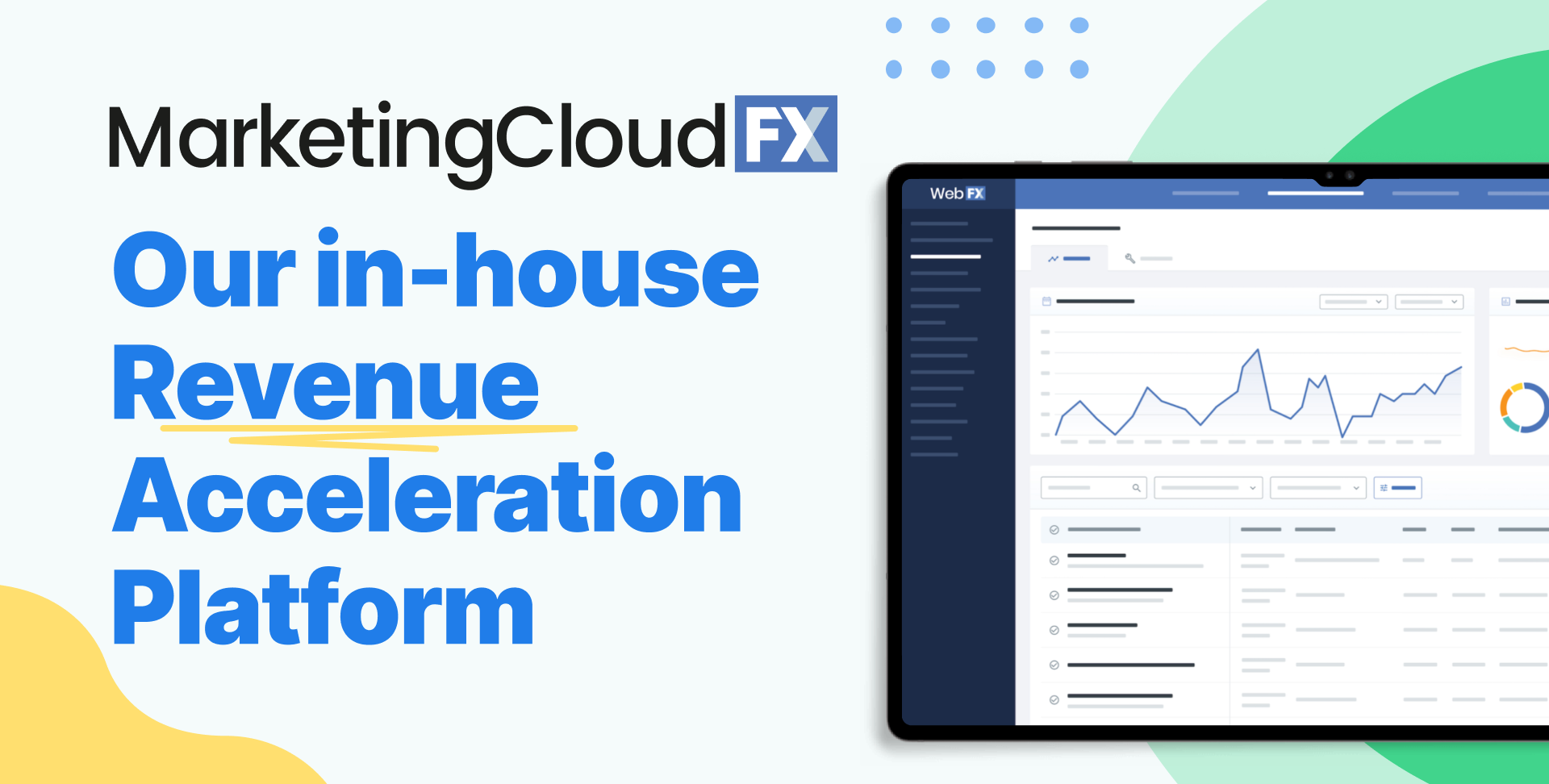How to Use First-Party Data to Drive More Revenue From Digital Marketing
Chapter 4 in our Data-Driven Marketing Guide
Welcome to chapter four, data guru.
In Chapter 4 of our Data Driven Marketing Guide, we’ll share how to use first-party data with the following steps:
- Collect the data
- Use a CDP
- Analyze audience behavior
- Evaluate customer trends
- Optimize marketing strategies
Looking for some background information on first-party data? Check out these resources:
How to use first-party data to drive impressive marketing results in 5 easy steps
Using only first-party data to inform your marketing techniques and creating targeted advertisements can have many advantages for your business.
For example, it can help you stand out from your competitors by creating more personalized experiences that encourage more leads and conversions for your company.
Learn how to use first-party data to drive more sales and revenue for your business with our step-by-step guide below:
1. Collect the data
Before you can start using first-party data, you’ll want to make a plan to start collecting it. First, consider which data you want to collect. Do you want to learn how users respond to your custom content, or would you like to analyze how users navigate your website?
Once you know what information is the most important for your business, you can start gathering it. Fortunately, there are many ways to collect valuable data about your audience.
For example, you can collect first-party data from:
- Your website
- marketing tools, such as Google Analytics
- Social media platforms
- And much more!
Want to learn more about how you can collect first-party data? Check out our previous chapter for a how-to guide for collecting first-party data if you haven’t done so already!
2. Consider using a customer data platform (CDP)
A customer data platform, or CDP, is software that collects, stores, and unifies real-time customer data that can detail your customer’s interactions on your website and marketing channels.
By using a CDP, you can gain valuable insights into your customer’s journey and which factors encourage them to convert into customers.
For example, with a CDP, you could see that a particular user first discovered your business by conducting a search on a search engine, then browsed your social media profile, and then decided to make a purchase.
And if you’re looking for one of the best CDPs in the industry, look no further than MarketingCloudFX.
With MarketingCloudFX, you can collect valuable data about your current and potential customers, including their:
- Location
- Email address
- Website visits
- Behavior on your website
- Purchase history
- Product or service interests
- And much more
With MarketingCloudFX, it’s easy to collect and analyze essential first-party data about your audience and keep it stored all in one place.
3. Analyze audience behavior
Once you’ve started collecting first-party data from your customers and website visitors, you can begin analyzing their behavior on your website.
This analysis is essential if you want to learn what motivates users to convert into customers and what areas of your website or strategies might be driving them away.

Here are a few key audience behavior metrics and data points you can analyze to learn more about your customers:
- Device: Have you noticed that many of your website visitors use mobile devices, like tablets and smartphones to browse your site and make purchases? If so, you can implement a responsive design to make your website more mobile-friendly.
- Bounce rate: Have you noticed that a particular page on your website has a high bounce rate? That likely means something on that page is causing users to leave your website. You can try optimizing your website copy, images, and product descriptions to help lower your bounce rate.
- Conversion rate: Your conversion rate can highlight which pages and strategies drive the most conversions and sales for your business. That means you can improve your calls to action (CTAs) and the pages with a lower conversion rate and capitalize on the strategies working well for your company.
- Time on page: Keeping users on your website for as long as possible is essential to encourage more leads and sales for your business. By analyzing which pages are the most popular with users, you can identify what content and designs keep your website visitors engaged.
- Traffic and lead sources: First-party data can also help you learn which strategies produce more web traffic and leads. As a result, you can focus on optimizing those strategies to drive even better results and improve the ones that are lagging behind.
Using first-party data to analyze how your audience interacts with your website can help you learn which marketing strategies drive more users to your website and encourage them to make a purchase.
That means you can capitalize on these strategies and optimize them for better results, earning you a higher return on investment (ROI) in the long run.
4. Evaluate customer trends
Our next step for how to use first-party data for marketing is to evaluate your customer trends. First-party data can help you learn valuable information about your previous customers who decided to purchase your products or services.
Understanding which types of users are most likely to purchase your products and services is the key to creating better-targeted advertisements that reach your ideal customers. And with first-party data, you can do just that.

For example, you use first-party data to learn crucial information about your customers, such as their:
- Location
- Age and gender
- Purchase history
- Interests
By analyzing this data, you can start to identify common customer trends. You might notice, for example, that the majority of your customers are located in one particular city or are primarily men in their 30s.
When you’ve identified what types of users are purchasing your products and services, you can begin to narrow down your target audience.
As a result, you can begin to create marketing messages that target these specific consumers to help you earn more conversions and sales for your business in the future.
5. Optimize your strategies to create a more personalized and user-friendly experience
Now that you’ve collected your data and analyzed customer trends and your audience’s behavior, you can start optimizing your strategies to create a more personalized and user-friendly experience.
With first-party data, you can make essential improvements to your website to provide a positive user experience for your visitors. For example, you can update your website navigation, update your product descriptions, and improve your check-out process to ensure users can find the information they need and make purchases with ease.
You can also use first-party data for marketing to create personalized marketing messages that resonate with your target audience. Once you’ve identified your ideal customer, you can begin to create ads that speak to their wants and needs, earning you more sales and revenue in the process.

For example, you can use social media ad targeting features to get your brand in front of the consumers who will provide the most value for your business. You can also send promotional emails to previous customers based on their purchase history to encourage even more sales.
With first-party data, your ability to reach your target audience across multiple online channels and platforms is limitless.
Use first-party data effectively to boost your sales and revenue with WebFX
Are you ready to start creating better-targeted advertisements and personalized experiences to boost revenue for your business? That’s where WebFX comes in!
WebFX is an industry-leading digital marketing agency specializing in using data to develop and implement effective digital marketing strategies to reach your target audience and encourage more leads and conversions for your business.
Our team of over 500 experts knows what it takes to develop, implement, and manage effective data-driven marketing strategies that utilize first-party data to drive incredible results for your business.
With WebFX, it’s easy to boost your revenue and take your company to new heights. Speak with one of our strategists by calling 888-601-5359 or contact us online to discuss your company’s needs and goals.
We can’t wait to help you grow your business!

 Abby Fields
Abby Fields